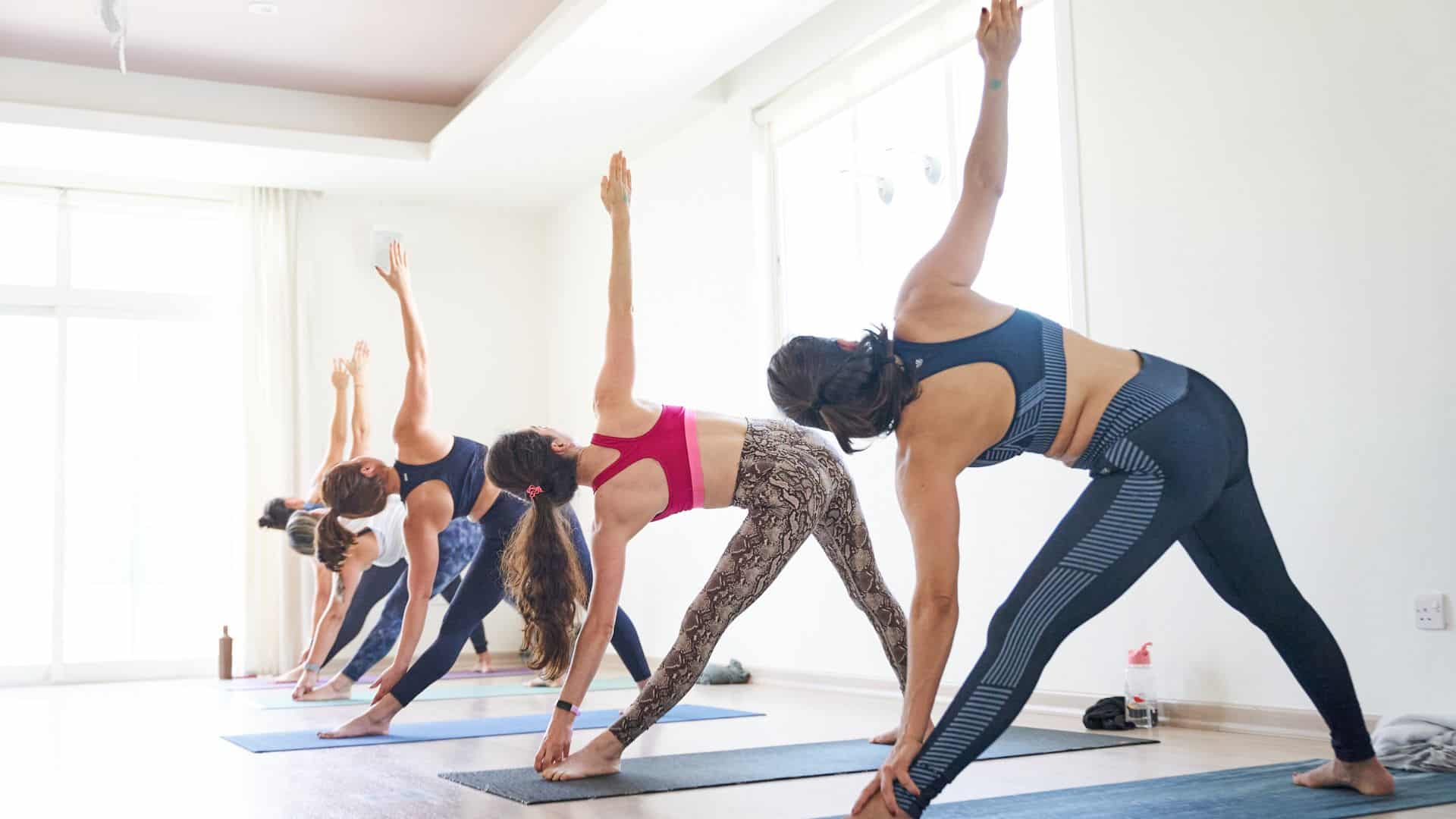Ashtanga Vinyasa Flow is a dynamic and invigorating style of yoga that combines the precision and discipline of Ashtanga Yoga with the fluidity and creativity of Vinyasa Flow.
Rooted in ancient tradition yet infused with modern innovation, Ashtanga Vinyasa Flow offers practitioners a transformative journey of movement, breath, and self-discovery.
In this article, we will explore the essence, principles, and benefits of Ashtanga Vinyasa Flow, illuminating its dynamic energy and profound impact on physical, mental, and spiritual well-being.
Understanding Ashtanga Vinyasa Flow
Ashtanga Vinyasa Flow draws inspiration from two influential yoga traditions: Ashtanga Yoga and Vinyasa Flow. Ashtanga Yoga, popularized by Sri K. Pattabhi Jois, emphasizes a structured sequence of postures (asanas) linked together with breath-linked movement (vinyasa) and internal energy locks (bandhas).
Vinyasa Flow, on the other hand, is characterized by creative sequencing, fluid transitions, and synchronization of breath and movement.
Ashtanga Vinyasa Flow seamlessly integrates the precision and alignment of Ashtanga Yoga with the freedom and creativity of Vinyasa Flow, offering practitioners a balanced and dynamic practice that strengthens the body, calms the mind, and awakens the spirit.
Principles of Ashtanga Vinyasa Flow
Ashtanga Vinyasa Flow is guided by several key principles that distinguish it from other styles of yoga practice:
- Breath-Centered Movement: The breath serves as the foundation of the practice, guiding the movement and helping to create a seamless flow between poses. Each movement is synchronized with either an inhalation or exhalation, facilitating a meditative state of awareness and presence.
- Dynamic Sequencing: Ashtanga Vinyasa Flow follows a structured sequence of poses, similar to Ashtanga Yoga, but also incorporates creative variations and transitions inspired by Vinyasa Flow. This dynamic sequencing keeps the practice engaging and challenging, while also allowing for exploration and self-expression.
- Balanced Effort and Surrender: Practitioners are encouraged to find a balance between effort and surrender in each pose, honoring their body’s limitations while also exploring their edge and potential for growth. This balance fosters self-awareness, self-compassion, and acceptance on the mat.
- Mindfulness and Presence: Ashtanga Vinyasa Flow cultivates mindfulness and presence by encouraging practitioners to stay fully engaged with their breath, body, and sensations throughout the practice. This mindful awareness enhances concentration, clarity, and inner peace.
- Progressive Exploration: Students gradually build upon their practice, exploring new poses, variations, and transitions as they gain strength, flexibility, and proficiency. This progressive approach allows practitioners to challenge themselves while also honoring their current level of ability and experience.
Benefits of Ashtanga Vinyasa Flow
The practice of Ashtanga Vinyasa Flow offers numerous benefits for both body and mind, including:
- Increased Strength and Flexibility: The dynamic nature of the practice challenges the body to build strength, endurance, and flexibility, promoting overall health and vitality.
- Enhanced Cardiovascular Health: The continuous flow of movement and breath in Ashtanga Vinyasa Flow provides a cardiovascular workout, improving circulation, stamina, and heart health.
- Stress Reduction and Relaxation: The mindful focus on breath and movement promotes relaxation, stress reduction, and a sense of inner calm, helping practitioners to release tension and anxiety.
- Mental Clarity and Focus: The meditative quality of Ashtanga Vinyasa Flow sharpens mental focus, concentration, and awareness, enhancing cognitive function and emotional resilience.
- Creative Expression and Self-Discovery: Ashtanga Vinyasa Flow encourages practitioners to explore their edge, express themselves creatively, and discover new possibilities within their practice, fostering a sense of empowerment and self-discovery.
Conclusion
Ashtanga Vinyasa Flow is a dynamic and transformative practice that harnesses the power of movement, breath, and mindfulness to awaken the body, calm the mind, and nourish the spirit.
By embracing the principles of breath-centered movement, dynamic sequencing, and balanced effort and surrender, practitioners unlock the full potential of the practice, tapping into the innate wisdom and vitality within.
As we flow with Ashtanga Vinyasa, may we cultivate a deep connection to our breath, body, and innermost essence, experiencing the transformative magic of movement and flow on and off the mat.



